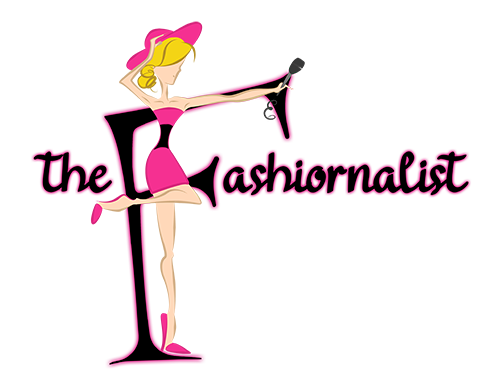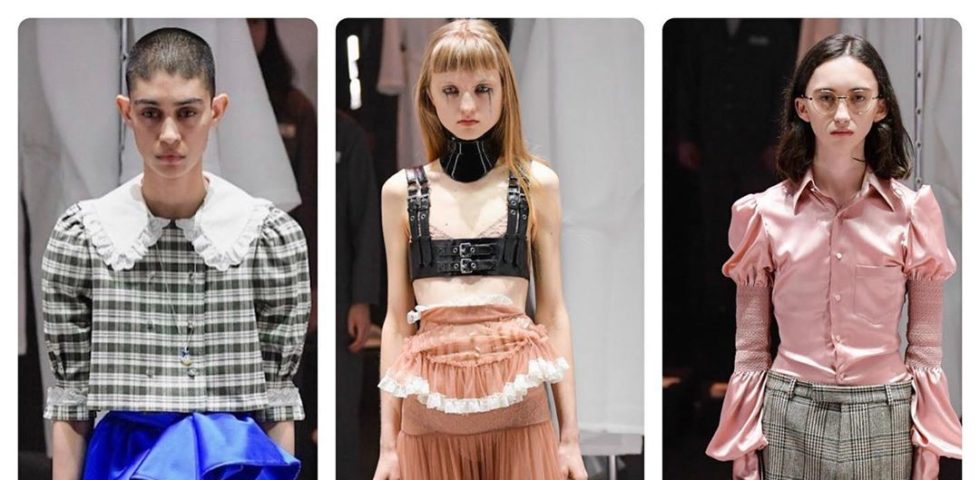Fashion revolution: gli stereotipi non vanno più di moda
La mobilitazione è partita. Sono migliaia i sottoscrittori della petizione lanciata da Elisa D’Ospina per dire basta agli stereotipi della moda in passerella taglia 34. Al centro della disputa, la sfilata di Gucci durante l’ultima Fashion Week. “Ritengo opportuno – spiega la D’Ospina nella motivazione che accompagna la campagna lanciata sulla piattaforma Change.org – che venga firmata una carta in cui tutte le case di moda si impegnano a non utilizzare mai più donne in evidente sottopeso. Chiedo inoltre la presenza di personale competente, che si occupa di disturbi alimentari, al fine di valutare l’idoneità dei casi sospetti”. La risposta non si è fatta attendere. A intervenire è Carlo Capasa, presidente della Camera Nazionale della Moda Italiana. “Siamo in prima fila nel monitorare costantemente la situazione – dice – e quando rileviamo dei casi anche rari lavoriamo con i brand per verificare e migliorare eventuali situazioni limite”. Ecco, il limite è stato superato. Soprattutto quando Capasa aggiunge “in quest’ultima tornata di sfilate, anche grazie al manifesto sull’inclusione della diversità pubblicato nello scorso mese di dicembre, abbiamo assistito a passerelle che hanno sottolineato diversità di genere, taglie, etnie. Ci sembra quindi che le passerelle italiane siano complessivamente anche molto attente al problema delle patologie alimentari”. Ecco allora che la soluzione è peggio del problema. Sì, perché, il fatto stesso di ribadire il concetto “diversità” rappresenta la prima discriminazione nonché uno degli ostacoli per cui sarà molto difficile invertire una tendenza che, alla fine dei conti, fa comodo a tutti. O almeno a tutti coloro che operano in un settore che in verità può dirsi tutto fuorché inclusivo. Lo dimostrano i lanci di campagne pubblicitarie di collezioni che vanno oltre la 44 con toni trionfalistici, quasi fosse un’eccezione rara. Oppure la foga di definire “curvy” una 42 solo perché in genere a sfilare vanno dalla 38 (nella migliore delle ipotesi) in giù. Verrebbe da chiedersi: e quindi? Quale sarebbe la novità? Basta guardare agli Stati Uniti o anche alla più vicina Gran Bretagna che, proprio in occasione degli ultimi fashion show ha visto protagoniste (come nel caso di Tommy Hilfiger) ragazze di sicuro molto più vicine ai canoni reali e non agli stereotipi che vogliono farci passare per la perfezione. Ma poi, chi l’ha detto che moda vuol dire “perfezione”. E soprattutto, qual è la perfezione? Chi la stabilisce? I quesiti sono molteplici. Ma concedetemi una sola considerazione. È davvero giunto il momento di prendere le distanze. Che ben vengano allora le petizioni, le prese di posizione e tutto quello che può servire per favorire un’inversione di tendenza. Facciamo però in modo di essere noi stesse a dare l’esempio. Come? Essendo esattamente come siamo. Perché, alla fine, chiunque potrebbe volerci diverse. Ma la sfida più grande la vinciamo se non cediamo al fascino di un conformismo che, credetemi, non va affatto di moda.
—–
The mobilization has started. There are thousands of subscribers of the petition launched by Elisa D’Ospina to say enough to the stereotypes of fashion on the catwalk size 34. At the center of the dispute, the Gucci show during the last Fashion Week. “I think it is appropriate – explains D’Ospina in the motivation accompanying the campaign launched on the Change.org platform – that a charter should be signed in which all the fashion houses undertake to never use women who are obviously underweight again. I also ask for the presence of competent personnel, who deal with eating disorders, in order to assess the suitability of suspect cases “. The answer was not long in coming. To speak is Carlo Capasa, president of the National Chamber of Italian Fashion. “We are at the forefront of constantly monitoring the situation – he says – and when we detect even rare cases we work with brands to check and improve any borderline situations.” Here, the limit has been exceeded. Especially when Capasa adds “in the latter we returned to catwalks, also thanks to the manifesto on the inclusion of diversity published last December, we saw catwalks that highlighted differences in gender, size and ethnicity, so it seems that the Italian catwalks are also very attentive to the problem of food diseases. “So the solution is worse than the problem. Yes, because the very fact of reiterating the concept” diversity “represents the first discrimination and one of the obstacles for which it will be very difficult to reverse a trend that, in the end , it is convenient for everyone, or at least for all those who work in a sector that in truth can be said to be anything but is inclusive. This is demonstrated by the launches of advertising campaigns for collections that go beyond 44 with triumphal tones, as if it were a rare exception. Or the ardor of defining a 42 “curvy” just because in general they go from 38 (at best) downwards. One would ask: so what? What would be the news? Just look to the United States or even to the nearest Great Britain which, precisely on the occasion of the last fashion shows has seen protagonists (as in the case of Tommy Hilfiger) girls certainly much closer to the royal canons and not to the stereotypes they want to pass us by perfection. But then, who said that fashion means “perfection”. And above all, what is perfection? Who establishes it? The questions are manifold. But give me one consideration. The time has indeed come to distance ourselves. May petitions, stances and everything that can be used to favor a turnaround be welcome. But let’s make sure that we set the example ourselves. Like? Being exactly as we are. Because in the end, anyone could take several. But the biggest challenge we will overcome if we do not give in to the charm of a conformism that, believe me, is not fashionable at all.




